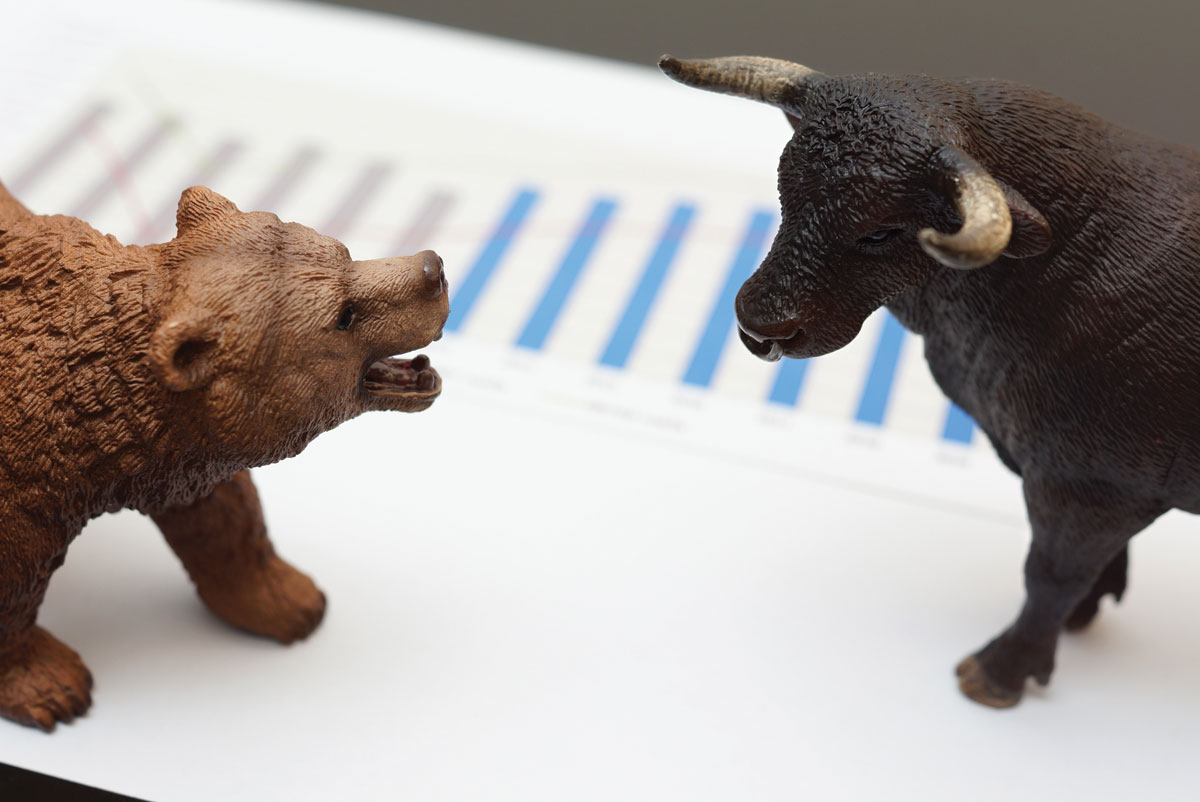Volatility in Stock Markets
The amount of risk taken on an investment relative to the return in an important factor in investing. For investing in public markets, a key measure of risk is called volatility. In this article we will define volatility, and go into detail about why it has remained low in recent years. We will also review earnings for the second quarter as a backdrop, writes Ketu Desai.
The S&P rallied during in July behind strong earnings growth. According to Factset, the S&P 500 earnings growth rate for the second quarter was 9.1% versus an expectation of 6.5%. 73% of companies beat earnings and sales estimates. Companies are also beating revenue estimates by wider margins than average for the second quarter. In aggregate, companies are reporting actual sales that are 1.2% above expectations. The weaker dollar, improving economic growth internationally, limited wage pressure, and healthy margins are all key factors in earnings growth. The weaker dollar could remain an important driver in coming quarters, Morgan Stanley estimates that if the dollar remains at current levels, it would boost S&P earnings by 4%. As stocks have marched higher, equity volatility has remained subdued.
Volatility is the amount a security’s price can vary. A higher volatility means the price can vary over a larger range of prices. In other words, the higher the volatility the higher the risk of a security. The lower the volatility, the more stable the price and the lower the risk. For those mathematically inclined, volatility can be calculated by the standard deviation of prices. For this article, we will use that as our mathematical definition of volatility. An important consideration when investing is asking if your expected return is justified by the amount of risk you are taking. A simple way to calculate is to divide the return by the amount of risk, the higher the ratio the better.
Equity volatility has not only been lower this year, but has been coming down over a number of years. Specifically, over the longer-term S&P volatility has been around 14%, over the last three and five years, it is approximately 10%, and over the last year it is sub-7%.
Central bank policy is among the key reasons why we have had lower than historical volatility. The Federal Reserve, and other central banks around the world, have engaged in a policy called quantitative easing. In short, this policy means that the central bank has been pumping large amounts of money into the financial system to lower interest rates and to push people from saving to investing and spending. This policy has forced people to invest more in riskier assets to achieve their necessary rate of return. As more money is chasing riskier assets, it has decreased the volatility of these assets.
Central bank policy may also have investors feeling that there is a central bank “put,” the idea that if something goes wrong, the central bank will enact policy to support markets, thus reducing investors’ propensity to sell on bad pieces of news.
Low economic volatility may also be contributing to low equity volatility. Over the past three years, the volatility in U.S. gross domestic product has been about as low as it has ever been. Similar conclusions are reached when analyzing global GDP and other economic series.
Changes in market ownership may also help explain lower volatility. Quantitative traders now represent nearly 30% share of equity trading, approximately double their share since 2010. Using algorithms and computing power they are able to collect data on an ongoing basis. The data allows for closer to real-time knowledge about the economy and companies, which can lead to fewer surprises, and thus reducing volatility. This goes for most investors, there is significantly more data available to investors to get an ongoing view, which makes trading decisions smoother. Central bankers are more transparent, and we have significantly more real-time measures of economic activity.
Another investor type that has witnessed growth is passive ETFs. The share of passively managed U.S. equity fund assets has nearly doubled to 37 percent today from 19 percent in 2009, BAML estimates. Passive funds tend to be less active moving in and out of securities, instead focus on mirroring certain benchmarks or factors. Relatedly, the preparation and passage of a recent financial regulation (Fiduciary Rule) encourages lower cost options such as passive ETFs over mutual funds for retirement accounts, further promotes lower volatility. Finally, it could just be the environment and investor complacency.
The cause of lower volatility is likely a combination of all of these dynamics, and others. The factors that are dominant will likely determine the length of lower volatility. As the Federal Reserve begins to reduce its balance sheet, possibly as early as September, it will be interesting to see if this draining of liquidity increases volatility levels.
Interested readers can reach Ketu Desai by email ketu@isquaredwealth.com.


